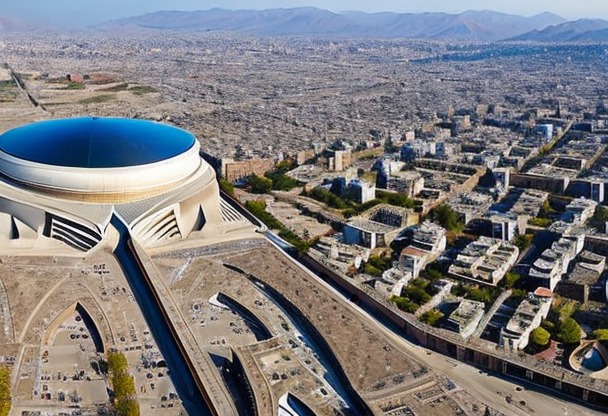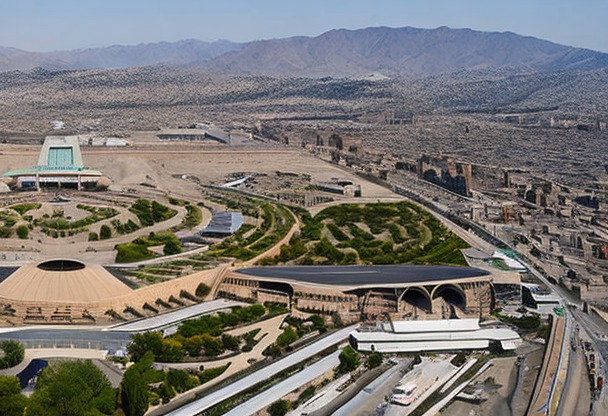Best time to travel to Iran
Choosing the right period for your trip to Iran can make all the difference. It's important to consider climatic elements, seasonal events and busy tourist periods to maximize your travel experience.

Location
Climate
The climate in Iran: diversity and contrasts
Iran's climate is extremely varied due to its geographical location and differences in altitude. There are four main seasons: spring, summer, autumn and winter. The climate also varies considerably between regions of the country.Spring: the ideal season
THE Spring (March to May)with its pleasant temperatures and sunny days, is generally considered the best time to visit Iran. Rainfall is low and the flowers are in full bloom, offering beautiful, colorful landscapes. However, this period also corresponds to the high tourist season, which means that accommodation and flight prices can be higher.Summer: heat and aridity
Summer (June to August) is marked by high temperatures, particularly in the southern and central regions of Iran. Average temperatures can exceed 40°C, making visits to certain regions less pleasant for travellers unaccustomed to the heat.Autumn: an alternative to spring
Like springautumn (September to November) offers a pleasant climate and picturesque landscapes, particularly in northern Iran. It's an excellent alternative if you want to avoid the tourist crowds and benefit from more affordable rates.Winter: cold and snow
Winter (December to February) is characterized by cold temperatures and frequent snowfalls, especially in mountainous regions. This period can be ideal for winter sports enthusiasts, but is not recommended for those wishing to discover historic sites or enjoy outdoor attractions.Major cultural events in Iran
In addition to the climate, it's essential to take major cultural events into account when planning your trip to Iran. Here are some of the most important events not to be missed:- Norouz Celebrated on March 21, Norouz is the Iranian New Year and one of the country's most important events. The festivities generally last two weeks and include traditions such as Haft-Seen (a table decorated with seven symbolic objects), jumping over bonfires and visiting relatives. Accommodation prices may be higher during this period, but the festive atmosphere is well worth it.
- Yalda Yalda: celebrated on the longest night of the year (usually around December 21), Yalda is a traditional festival celebrating the victory of light over darkness. Families gather to share a meal, read poetry and enjoy fresh and dried fruit.
- Ashura Commemorating the martyrdom of Imam Hussein, Ashura is an important religious event for Shia Muslims. It takes place on the 10th day of the month of Muharram, which varies according to the Islamic lunar calendar. Processions and mourning rituals are organized throughout the country, offering travelers a unique insight into Iranian culture and spirituality.
Public holidays and closures in Iran
Iran observes several national holidays throughout the year, during which stores, banks and some tourist attractions may be closed. Among the most important public holidays are:- Norouz (March 21)
- Islamic Republic Day (April 1)
- Prophet Mohammed's birthday (date varies according to the Islamic lunar calendar)
- Martyrs' and Veterans' Day (April 29)
- Imam Khomeini Day (June 4)
- Eid al-Fitr (marking the end of Ramadan, date varies according to the Islamic lunar calendar)
- Eid al-Adha (Feast of Sacrifice, date varies according to the Islamic lunar calendar)
Low and high season in Iran
In general, the low season in Iran is between December and February, due to the cold winter climate and frequent snowfalls. Accommodation and flights are generally more affordable during this period, but some tourist attractions may be less accessible. Visit high season in Iran coincides with spring (March to May) and autumn (September to November), when the climate is pleasant and the scenery picturesque. Accommodation and flight prices may be higher during these periods, but you'll enjoy an optimal travel experience.Insurance
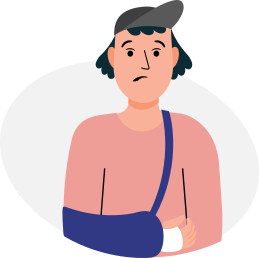
Your credit card does not cover you in all situations, that is whyIt is essential to take out insurance before you leave to avoid any unpleasant surprises. If you need to see a doctor or be hospitalized, in some countries, medical costs are very high and you will then find yourself having to pay several thousand euros.
Our partner Chapka Insurance proposes the contract CAP ASSISTANCE 24/24 with many essential guarantees.
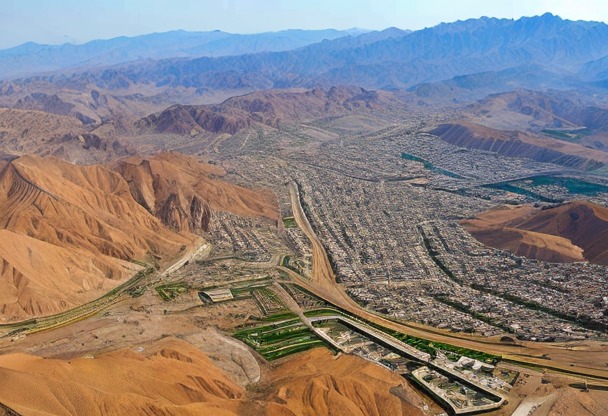
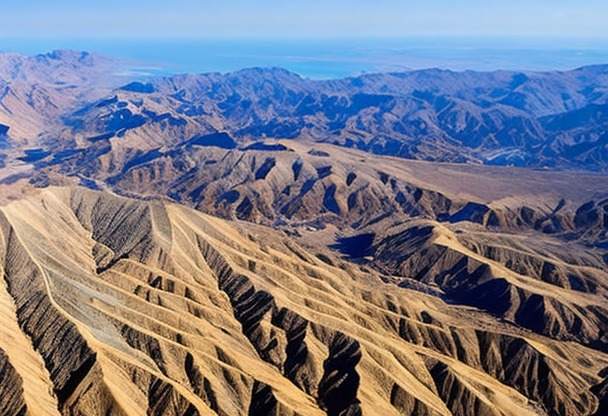
Flights

Your flight has been cancelled or delayed ?
You may be eligible for a compensation of up to €600 ! For this, lawyers are responsible for handling your claim with the airline and are only paid when the reimbursement is effective.
In conclusion, no financial risk for you, only advantages!
Migration to Iran: steady growth
Over the past few years, Iran has experienced significant increase in the number of migrants. According to data from the International Organization for Migration (IOM), the immigrant population in Iran stood at around 3 million in 2020, an increase of almost 50 % compared to 2015.Origin of migrants and refugees in Iran
Most migrants to Iran come from neighboring countries such as Afghanistan and Iraq. Afghan refugees make up the largest foreign community in Iran, accounting for around 70 % of the immigrant population. The reasons for migration are diverse: armed conflict, political instability, poverty and the search for better economic opportunities.Type of visas and regularization of migrants
As far as the types of visas issued to migrants in Iran are concerned, there is a main distinction :- Work visa (temporary residence permit)
- Student visa
- Family reunification visa
- Tourist visa (in certain cases, for longer stays)
International tourism in Iran: a booming sector
In addition to migration, Iran also attracts many international tourists every year. According to the World Tourism Organization (UNWTO), the number of foreign visitors to Iran has grown exponentially in recent years, from 3.8 million in 2010 to almost 9 million in 2019.Tourist visas: the most common nationalities
In terms of tourist visas issued by Iran, the most represented nationalities are :- Chinese tourists
- European travelers (especially French, German and Italian)
- Nationals of Gulf Arab countries
Tourist attractions and cultural sites in Iran
Iran has a rich cultural and historical heritage, attracting visitors from all over the world. Among the most popular tourist sites are :- The city of Isfahan, with its Shah mosque and Ali Qapu palace
- The archaeological site of Persepolis, former capital of the Persian Empire
- The city of Yazd, famous for its adobe houses and towers of silence
- Imam Reza's mausoleum in Mashhad, a Shiite pilgrimage site
Issues and challenges for immigration and tourism in Iran
Despite this significant growth in migration and international tourism in Iran, several challenges remain and must be taken into account by the Iranian authorities:Integration of migrants and refugees
Public policies must continue to promote the socio-economic integration of migrant populations, particularly in terms of access to basic services (education, health) and professional integration.Diversifying the tourism offer
To attract an even greater number of international visitors, the Iranian authorities are called upon to diversify their tourism offering, with particular emphasis on sustainable development, ecotourism and the promotion of off-the-beaten-track tours.Improving infrastructure and services for travelers
To support the growth of international tourism in Iran, it is essential to improve infrastructure (transport, accommodation) and the services offered to travelers (tourist information, signage, quality of services).